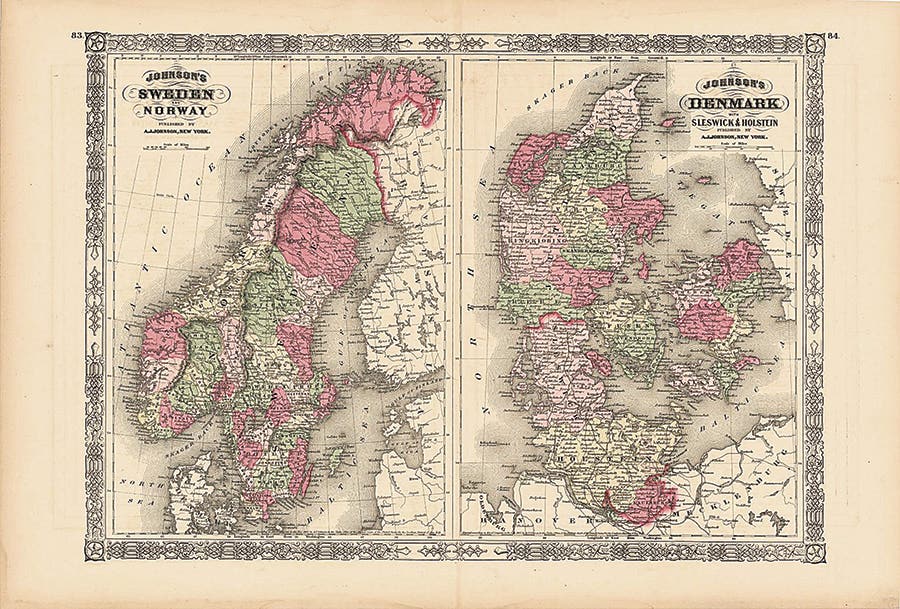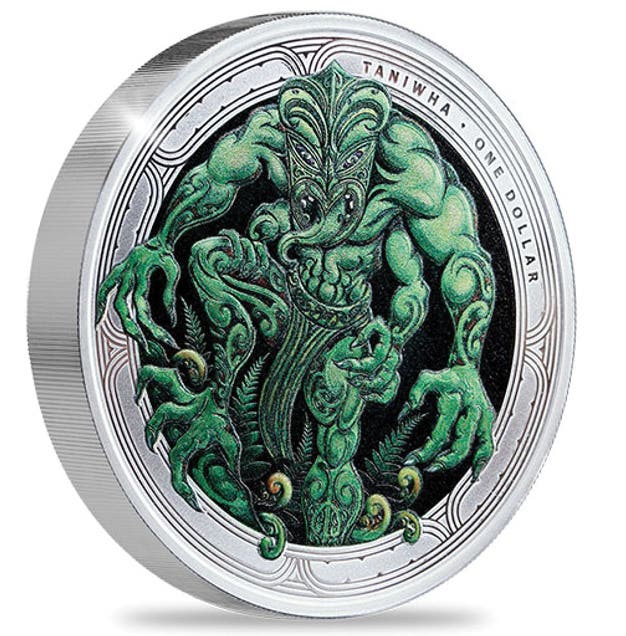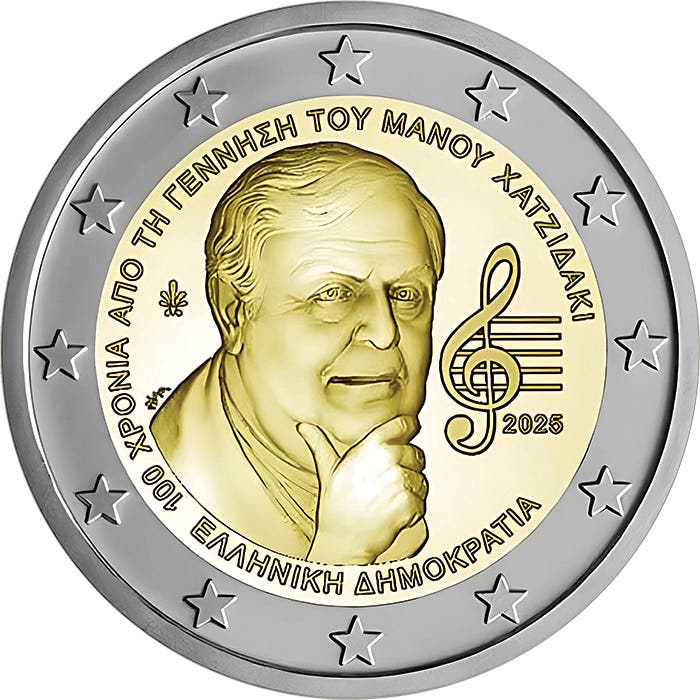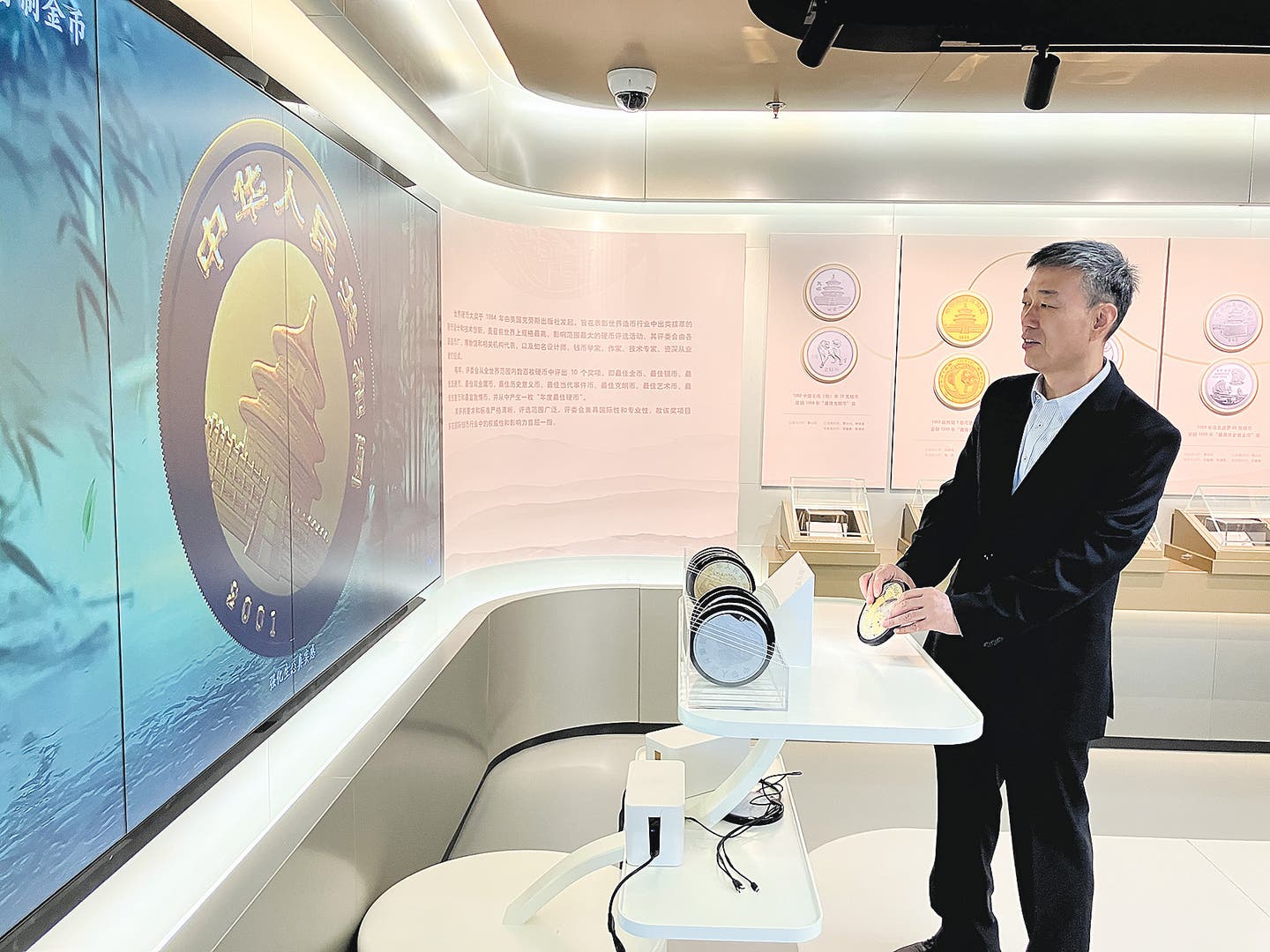Mint history detailed in Bowers guide
By Mike Thorne, Ph.D. Do you collect U.S. coins? Do you ever order anything from the Mint? If you answered “yes” to either or both of these questions, I’m going…
By Mike Thorne, Ph.D.
Do you collect U.S. coins? Do you ever order anything from the Mint? If you answered “yes” to either or both of these questions, I’m going to suggest a new (to me, at any rate) Whitman guide book for your numismatic library: A Guide Book of The United States Mint.
Subtitled Colonial, State, Private, Territorial, and Federal Coining Facilities, it’s another addition to the lengthy list of Official Red Books. Like many of the others, this one was penned by Q. David Bowers. I know I’ve asked this before, and I don’t expect an answer: Where does Bowers find the time to write so many books?
As you can tell from the book’s subtitle, this is an account that begins before the beginning of federal coinage and continues to the present day, with America’s newest federal minting facility, the West Point Mint. As Kenneth Bressett, longtime editor of the Red Book, writes in his foreword, “Dave Bowers takes you on a ‘you are there’ experience with over three dozen mints, federal, state, and private.… I know you will enjoy this delightful narrative!”
In his preface, Bowers tells us that although the book is “mostly about coin factories,” it also contains “… a synopsis of the different denominations and designs produced by each mint over the years.” In fact, each chapter devoted to a particular mint closes with a listing, complete with color photographs of both sides of the coins, of all the major design types produced at the facility. In addition, Bowers includes a listing of dates the design type was produced.
The first couple of chapters cover the pre-federal period, taking the reader from a system of barter in which such commodities as cattle and tobacco served as money in some of the colonies. Foreign coins also played a major role in early American commerce, with coins from Spain and its New World colonies supplying many pieces used on a daily basis. Paper money entered the picture early in the history of our country’s monetary system.
All of this is prelude to the first federal coinage, which included the 1776 Continental dollar, Nova Constellatio patterns, and Fugio copper coins. These early pieces led to the Federal Mint in Philadelphia. Chapter 4 tells about the creation of the Mint and early pieces such as half dismes. Coinage of gold and silver soon followed. One of the more interesting inclusions in the chapter is a listing of annual salaries of mint employees. For example, the chief coiner (Henry Voigt) earned $1,500, whereas Adam Eckfeldt, the die forger and turner, was paid just a third as much for his work.
The first Philadelphia Mint operated from 1792 to 1832, with the cornerstone of the second Philadelphia Mint being laid in 1829. By January 1833, the new Mint was ready for business, and it was opened to the public in May of that year. Bowers highlights changes occurring at the Mint and outside the Mint throughout the 19th century. One of the significant changes outside the Mint that affected both it and the citizens of America was the Civil War. As you would expect, Bowers discusses the coins and commerce during that cataclysmic event.
Chapter 4 continues the story of the Philadelphia Mint through its third and fourth iterations. Coinage from 1901-1969 was the province of the third Mint, and it is this coinage that many of us collect today in the form of early Lincoln cents, Buffalo nickels, Mercury dimes and so on.
Of course, the fourth Philadelphia Mint continues cranking out coins to this day, with collectibles including clad dimes and quarters, Kennedy half dollars and a variety of dollar coins. The book includes capsule biographies of various sculptors and artists employed by the Mint today and in the recent past.
The Philadelphia Mint story claims roughly a third of the paperback book’s 436 pages, with the remainder devoted to the branch mints. Most of these came and went, leaving behind coins of greater or lesser desirability, depending on their mintages, their production values and attrition. Covered in order are the mints at New Orleans (1838-1909), Charlotte, North Carolina (1838-1861), Dahlonega, Georgia (1838-1861), San Francisco (1854-date), Carson City (1870-1893), Denver (1906-date) and West Point (1984-date).
Note that of the three mints created in 1838, the only one with any life after the Civil War was the New Orleans Mint. Like the others, the Mint ceased operations in 1861. Unlike the others, it opened again in 1879 and continued coining operations until 1909. Today, it houses a branch of the Louisiana State Museum.
My wife, who is from New Orleans, and I have visited the city many times over the years. During one of those times, she and I toured the old building. This was well before Hurricane Katrina caused severe damage to the facility in 2005. It reopened in 2007 after two years of renovation.
As you would expect, Bowers has interesting stories to tell about the mints. In the chapter on the New Orleans Mint, for example, there’s a short section on a scandal at the Mint. This involved a shortage of $25,000 in paper money from the vault of cashier James M. Dowling. Dowling was ultimately tried for the crime, acquitted, and the former superintendent was deemed responsible.
In the chapter on the Denver Mint, Bowers tells about a daring robbery in 1922. This was “... the first such event in the history of the Mint system.” The robbers disappeared, and it wasn’t until 1934 that the identity of the thieves was finally revealed. There’s much more to the story, but you’ll have to read it yourself.
There’s much more to this book than I’ve been able to convey in this brief review. Published with a list price of $24.95, the book is available from the publisher at www.whitman.com or at other online booksellers such as Amazon.
This article was originally printed in Coins Magazine. >> Subscribe today.
More Collecting Resources
• Liked this article? Read more by subscribing to Numismatic News.
• Are you a U.S. coin collector? Check out the 2019 U.S. Coin Digest for the most recent coin prices.









